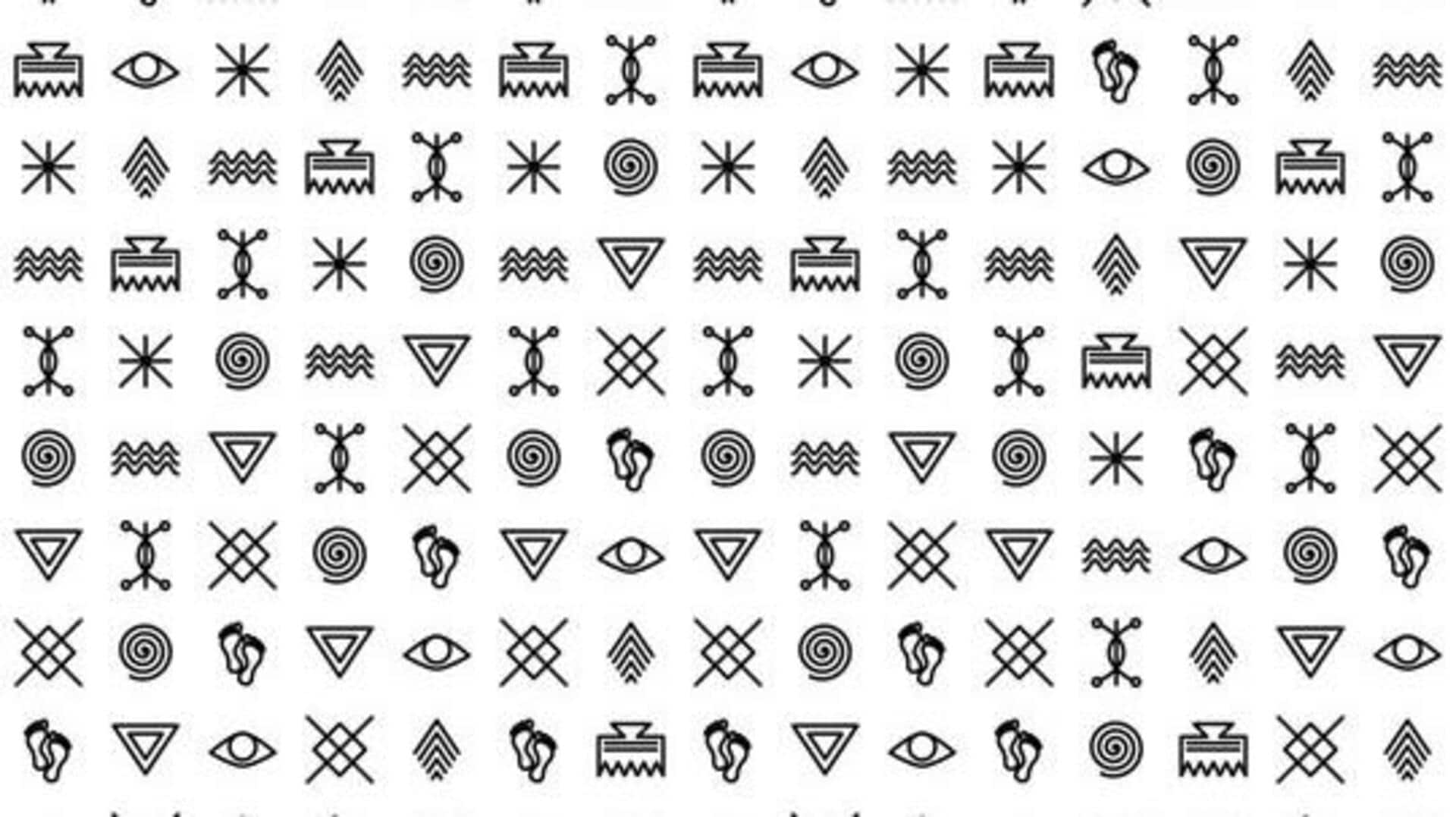
All about Nsibidi symbols
What's the story
Nsibidi, an ancient form of writing, is a fascinating aspect of African history. It originated from the Ejagham people of southeastern Nigeria. These symbols were used for communication and record-keeping. Unlike traditional alphabets, Nsibidi comprises pictographs and ideograms. They convey complex ideas and emotions. Its unique nature makes it an important study for historians and linguists alike. It provides insights into pre-colonial African societies.
#1
The origins of Nsibidi writing
Nsibidi's roots can be traced back to more than 1,000 years in what is now southeastern Nigeria. It was initially used by secret societies to convey messages and preserve knowledge. With time, the use of Nsibidi extended to include art and decoration on objects like pottery and textiles. The symbols were taught in secret to select members of the community, ensuring their mystery and significance.
#2
Symbolic meanings in Nsibidi
Each Nsibidi symbol has a specific meaning or represents a particular concept or idea. Some symbols denote love or friendship, while others may depict authority or conflict resolution. The versatility of these symbols allowed them to convey intricate narratives without the need for extensive text. This made Nsibidi an efficient means of communication in a society where oral tradition was paramount.
#3
Preservation efforts for Nsibidi art
In recent years, efforts have been made to preserve and promote Nsibidi art as part of cultural heritage. Museums in Nigeria have begun showcasing Nsibidi artifacts, raising awareness about its historical importance. Scholars continue to study these symbols to understand their applications in daily life and governance systems within ancient communities.
#4
Modern influences of Nsibidi symbols
Today, Nsibidi symbols are witnessing a renaissance as artists and designers incorporate them into modern art forms. From fashion to graphic design, these ancient motifs are being adapted to suit contemporary tastes while preserving their cultural significance. This revival not only celebrates the richness of African heritage but also educates a wider audience about the complexities of traditional communication systems like Nsibidi writing.